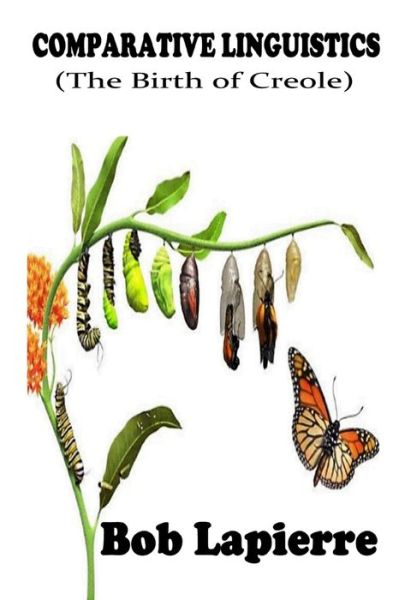
Tell your friends about this item:
Tezen: Four Versions
Bob Lapierre
Tezen: Four Versions
Bob Lapierre
Not long after his visit to China, Frank Fouche decided to "share" Yeh-Shen with the Europeans. So, out of the first portionof the Chinese fable, Frank gave the Ayitian literature a play called "Tezen," that is the story of a little girl and her friend thefish (Tezen). This story, by the way, has been successfully included in our collection of folktales. On the other hand, it is not as clear as to how the last portion of Yeh-Shen developed into the European Cinderella. For all we know, during the so-called commercial revolution, European curiosity about the East grew. It expanded, particularly after Marco Polo, a 13th-century Venetian who presumably visited Cathay (China), published his diaries about adventures and China's great riches. Mirroring Confucius' saying, I must say, "The past is like a river flowing." So, out of all the ancient civilizations came many works of arts, as invaders simulated mixes of traditions. Simply put, we "plagiarized" from each other. In the world of theatre, however, this is called adaptation and sometimes, imitation, or "artificial version."Allow me to share with you a bedtime story, in which many Ayitian children once found solace, and hopefully will continue to do so by reading: Tezen!
66 pages
| Media | Books Paperback Book (Book with soft cover and glued back) |
| Released | April 18, 2020 |
| ISBN13 | 9798638381257 |
| Publishers | Independently Published |
| Pages | 66 |
| Dimensions | 152 × 229 × 4 mm · 136 g |
| Language | English |

 Christmas presents can be returned until 31 January
Christmas presents can be returned until 31 January

































